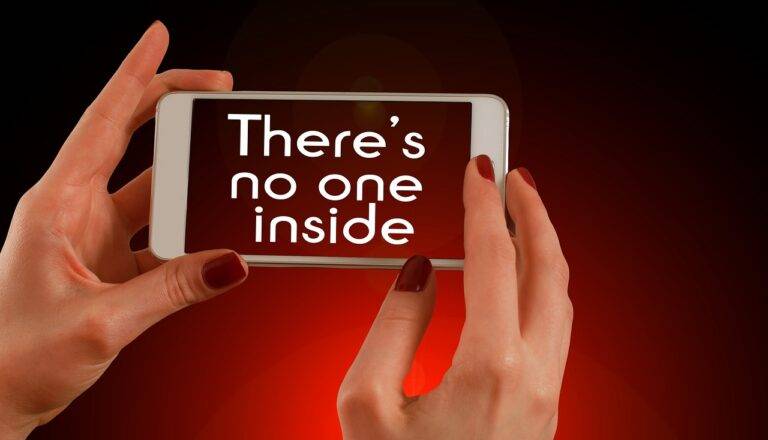Mindful Communication in Relationships: Building Trust and Connection Through Active Listening
Active listening is a fundamental element in fostering healthy relationships. When individuals engage in active listening, they demonstrate respect, empathy, and genuine interest in what the other person is expressing. By giving their full attention and focusing on understanding the speaker’s perspective, active listeners create a sense of validation and connection, ultimately building a strong foundation for meaningful relationships.
Moreover, active listening helps to prevent misunderstandings and conflicts by ensuring that both parties are on the same page. By actively listening to each other’s thoughts and feelings, individuals can effectively address issues, offer support, and strengthen their bond. This practice of attentive listening not only enhances communication but also cultivates trust and mutual respect within relationships.
The Importance of Nonverbal Communication in Building Trust
Nonverbal communication plays a crucial role in establishing trust within relationships. It involves gestures, facial expressions, eye contact, posture, and even tone of voice. These nonverbal cues can often convey more sincerity, empathy, and understanding than words alone.
When individuals are attentive to nonverbal signals, they are better able to pick up on subtle emotions and nuances in the interaction. This heightened awareness fosters a deeper sense of connection and empathy, which in turn builds trust between individuals. By being mindful of nonverbal cues and responding appropriately, individuals can strengthen their relationships and create a more positive and trusting environment.
How does active listening contribute to building trust in relationships?
Active listening shows that you are fully engaged and interested in what the other person is saying, which helps to build rapport and strengthen the bond between individuals.
What are some examples of nonverbal communication that can help build trust?
Examples of nonverbal communication that can help build trust include maintaining eye contact, nodding in agreement, smiling, using open body language, and mirroring the other person’s gestures.
How can nonverbal communication enhance verbal communication in building trust?
Nonverbal communication can enhance verbal communication by reinforcing the message being conveyed verbally, showing sincerity and authenticity, and creating a sense of connection and understanding between individuals.
What are some common barriers to effective nonverbal communication in building trust?
Common barriers to effective nonverbal communication in building trust include lack of awareness of one’s own nonverbal cues, misinterpretation of the other person’s nonverbal cues, cultural differences, and distractions that hinder clear communication.
How can individuals improve their nonverbal communication skills to build trust?
Individuals can improve their nonverbal communication skills by practicing active listening, being mindful of their body language and facial expressions, seeking feedback from others, and being open to learning and adapting their communication style.





